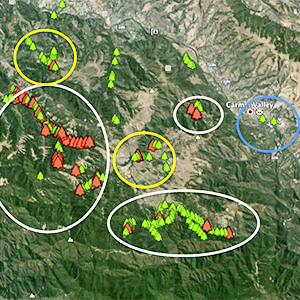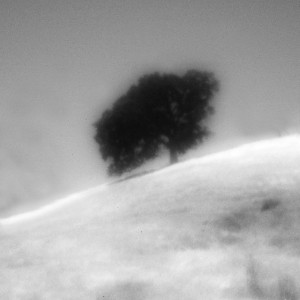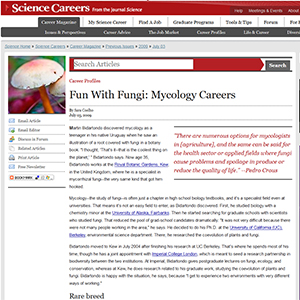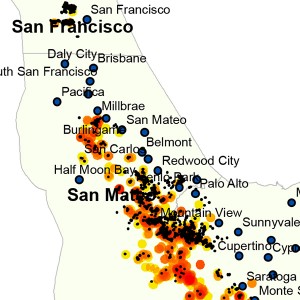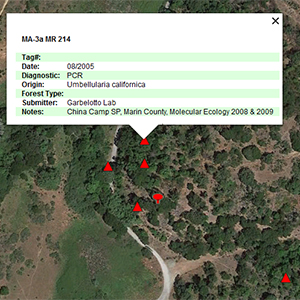SOD advances significantly every time there is a wet year, meaning the SOD expansion cycle goes from wet year to wet year (roughly every 4-5 years). So, any California bay laurel tree identified as positive from 2011 to 2015 is likely still positive. Once the new set of positives associated with the wet 2016/17 season is finalized and mapped, it is probable that many previously negative findings will now be positive. That being said, there are trees that revert their status from SOD positive to “SOD negative.” In a recent study regarding where these “reversals” are more likely to occur (Lione, G.; Gonthier, P.; and Garbelotto, M. 2017. Environmental Factors Driving the Recovery of Bay Laurels from Phytophthora ramorum Infections: An Application of Numerical Ecology to Citizen Science. Forests. 8(8): 293.), it appears that flat and drier areas experience more reversal than other locations. So, if your trees are in an area that receive less rainfall than surrounding trees and you are in a flat and warmer site, you may be in a disease “reversal” area. While these “reversal” sites do seem to occur, at this time we are still using the precautionary principle that once a tree is positive, it is always positive, and should be treated as such.
Do the P. ramorum-positive trees on SODMAP remain a risk over time?






